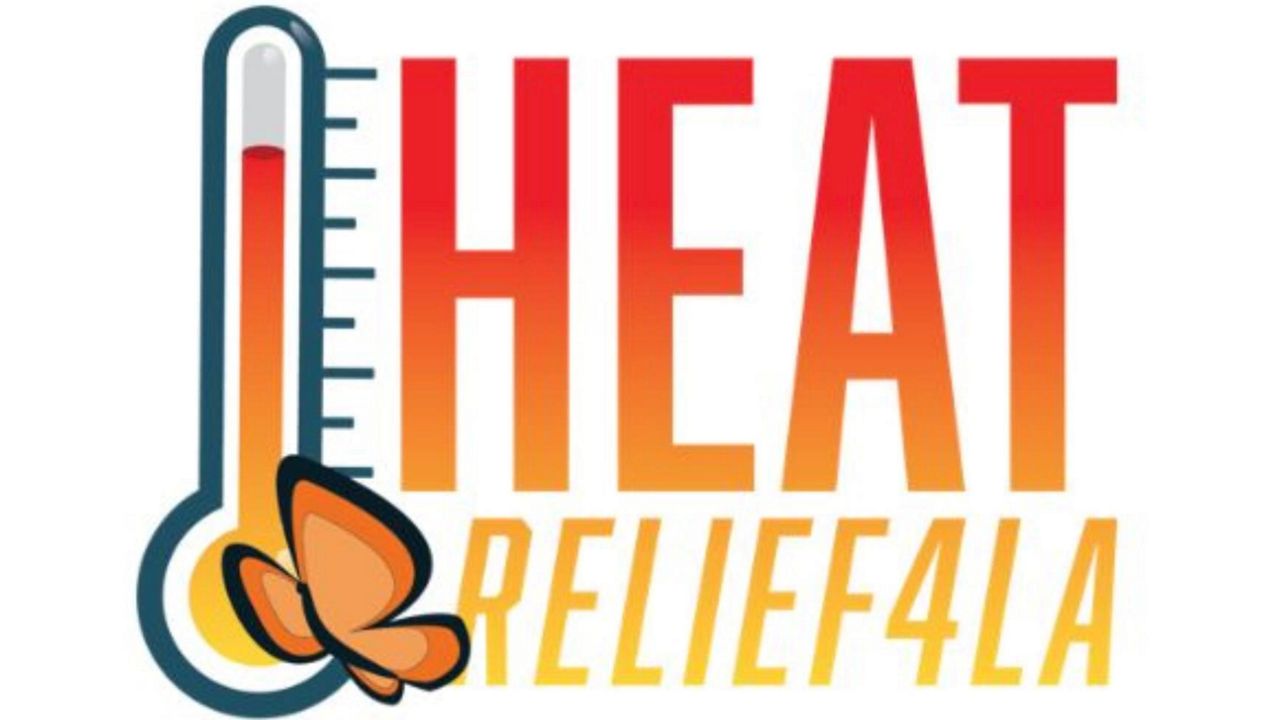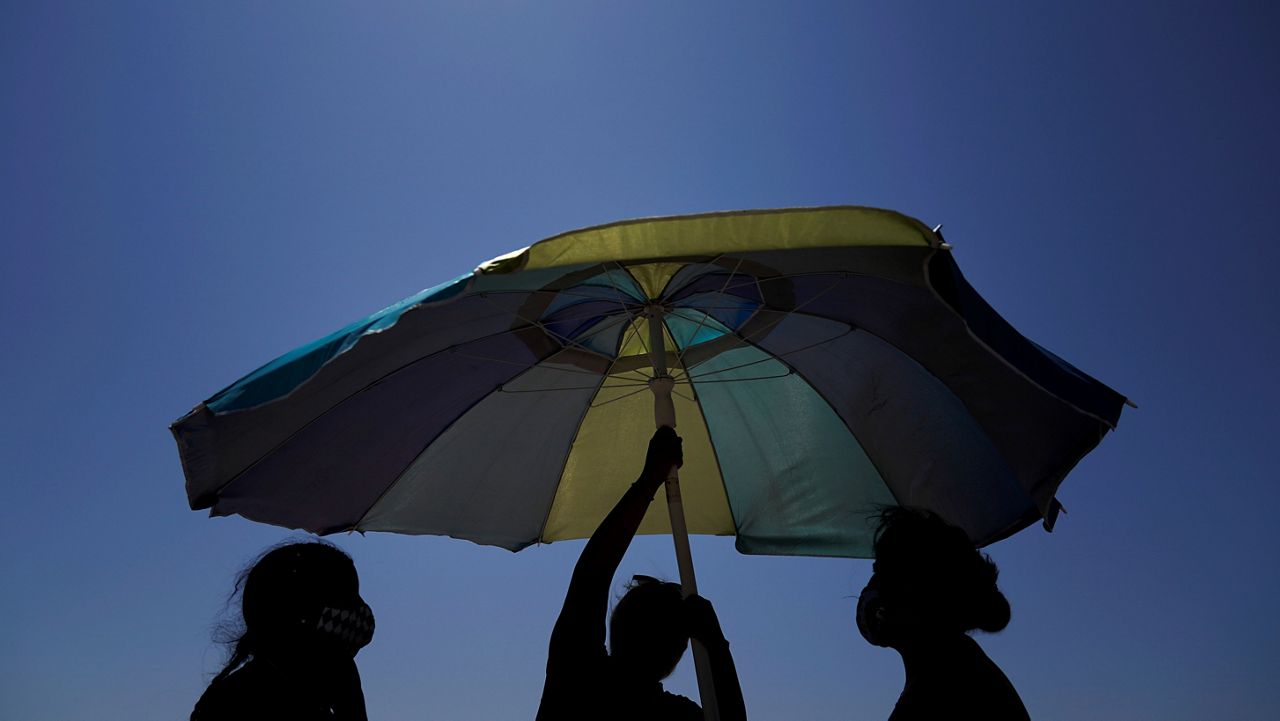LOS ANGELES — Los Angeles is currently experiencing cooler temperatures and cloudy conditions, but it’s only a matter of weeks before the mercury begins to rise. With meteorologists predicting a warmer than normal summer, LA officials launched the second year of its extreme heat awareness campaign. Called Heat Relief 4 LA, the social media campaign is designed to inform Angelenos about the risks of extreme heat and provide information, resources and safety advice.
“Extreme heat is LA’s No. 1 climate threat, and this year, we’re likely to reach higher levels of extreme heat,” LA Chief Heat Officer Marta Segura said Wednesday. The Los Angeles Climate Emergency Mobilization Office has partnered with 70 organizations to spread educational materials across social media about how to prepare for and respond to extreme heat.
Extreme heat waves cause five times more deaths than any other climate hazard in the city, according to the LA Climate Emergency Mobilization Office. Already a deadly public health threat, it’s expected to get worse because of climate change, which increases the frequency and intensity of extreme heat events characterized by weather that is much hotter than average.
Segura said LA is likely to experience “some of the hottest heat storms this year and the next five years. And we are going to exceed the 1.5 degree Celsius that we have been hoping to avoid.” Scientists have long warned that a 1.5-degree Celsius increase in temperature will hamper Earth’s ability to absorb carbon dioxide and could further exacerbate climate change.
A collaboration with the city’s Emergency Management and Public Works Departments, the social media campaign relies on community members, nonprofits, businesses, schools and other groups to educate residents. Those who join the social media campaign are provided a variety of prepared graphics to inform people of the dangers of extreme heat, as well as how to respond.

Available in Spanish as well as English, much of the messaging comes from the World Health Organization and the U.S. Centers for Disease Control and Prevention, which suggests drinking water regularly, avoiding alcohol, eating small meals, wearing light and loose-fitting clothes, wearing a hat and taking cool showers or baths during heat waves.
Because extreme heat can trigger health conditions, the CDC also encourages people to learn the symptoms of heat exhaustion and its more dangerous counterpart, heat stroke, and what actions to take in response. While heat exhaustion manifests in elevated body temperature, dizziness, headache, heavy sweating, decreased urination, nausea, thirst, irritability and fatigue, heat stroke happens when a body gets so hot it is unable to control temperature by sweating. Symptoms include a high temperature of 103 degrees or more, confusion, slurred speech, seizures, fainting and skin that is hot, red and dry.
Mortality increases 8% on the hottest days during an average Los Angeles summer, according to health officials. Consecutive days of intense heat cause as many as 30% more deaths. Seniors, children and individuals with chronic medical conditions are most at risk, as are individuals in low-income communities, Blacks, Latinos and outdoor workers. In LA, over 50% of the people who perish from heat-related issues are homeless, Segura said.
To help combat extreme heat and its negative health effects, the Climate Emergency Mobilization Office is investing in improvements to shared public infrastructure such as tree canopies and the built environment with upgrades such as cool roofs and heat pumps, as well as building social infrastructure with the expansion of cooling and resilience centers.
Earlier this year, the Climate Emergency Mobilization Office announced plans to increase the number of so-called resilience hubs, which provide shade, cooling, internet and transportation services in buildings that are energized with renewables and backed up with battery energy storage.
Already the city operates a network of cooling centers during extreme heat events that includes 73 libraries. Equipped with solar panels, backup power, shade and emergency food and water supplies, resilience hubs will target communities that are at highest risk for the negative effects of climate change.
LA’s build out of resilience hubs dovetails with a new statewide Community Resilience Canters program that is launching this year. State legislation established the program to fund new construction and retrofit older facilities that can serve as emergency response facilities and aid in building long-term resilience, preparedness and recovery operations for communities. The program will provide about $100 million in grant funding for capital projects like buildings and bus stops and gardens, as well as services operating out of or connecting to resilience centers.



